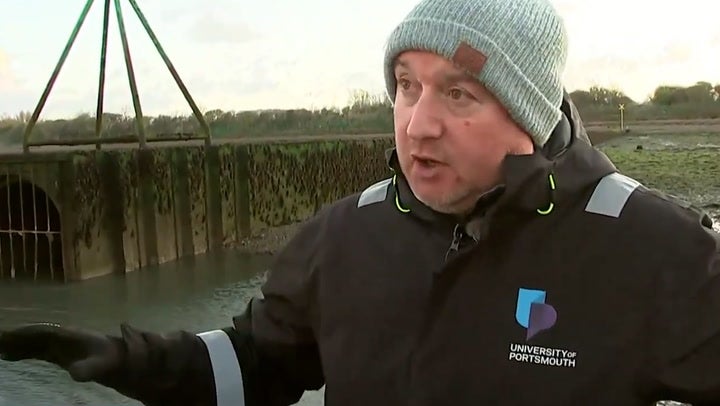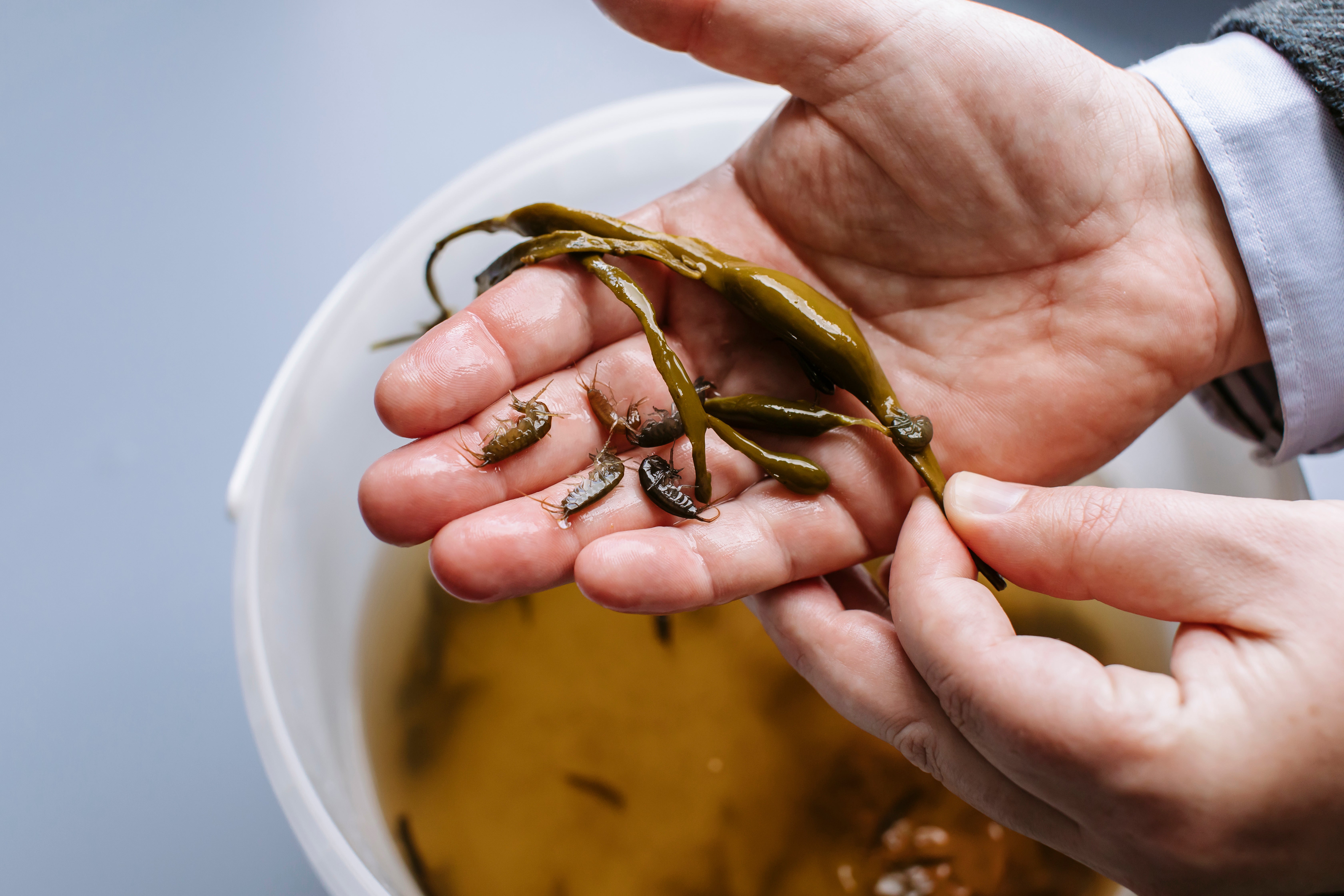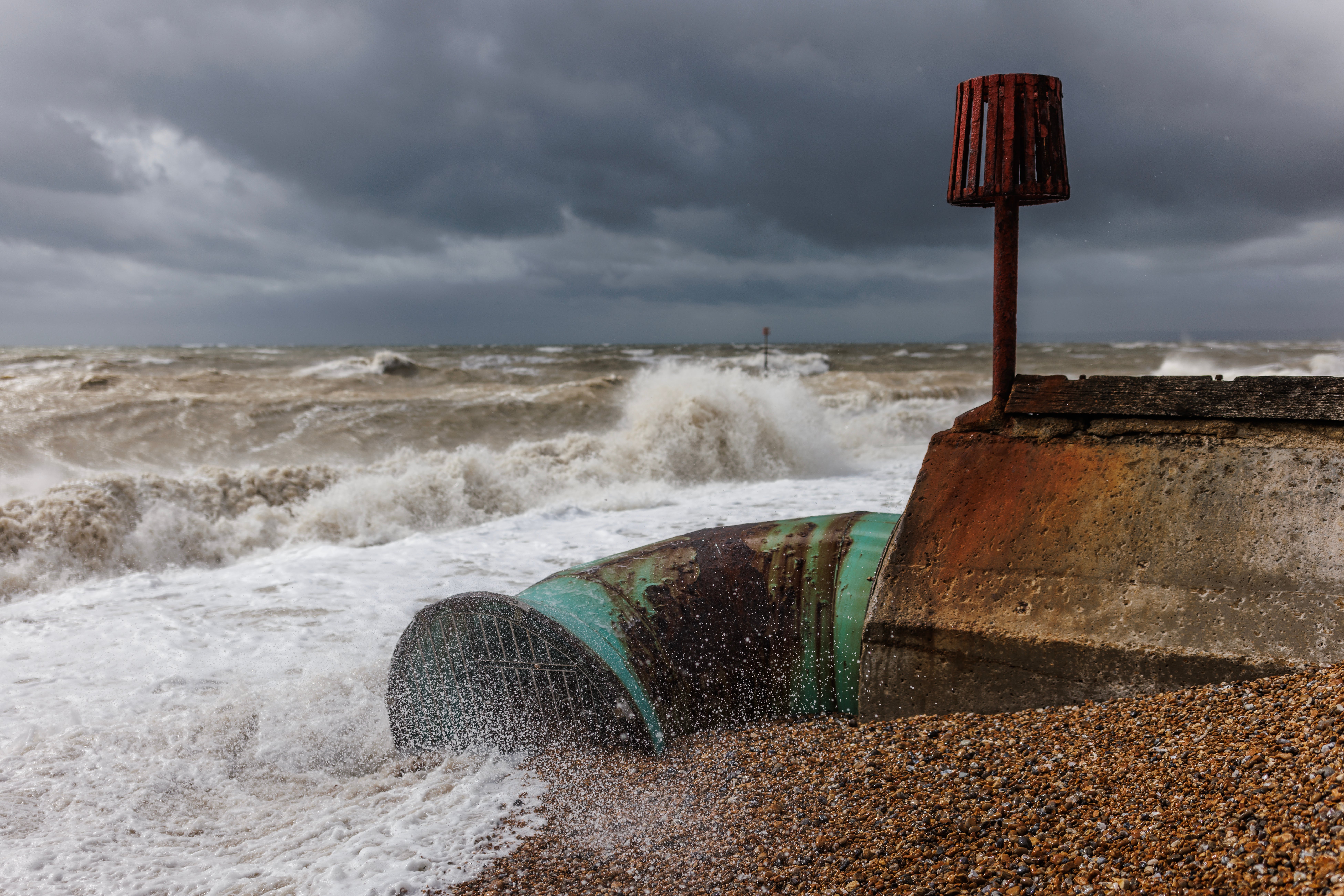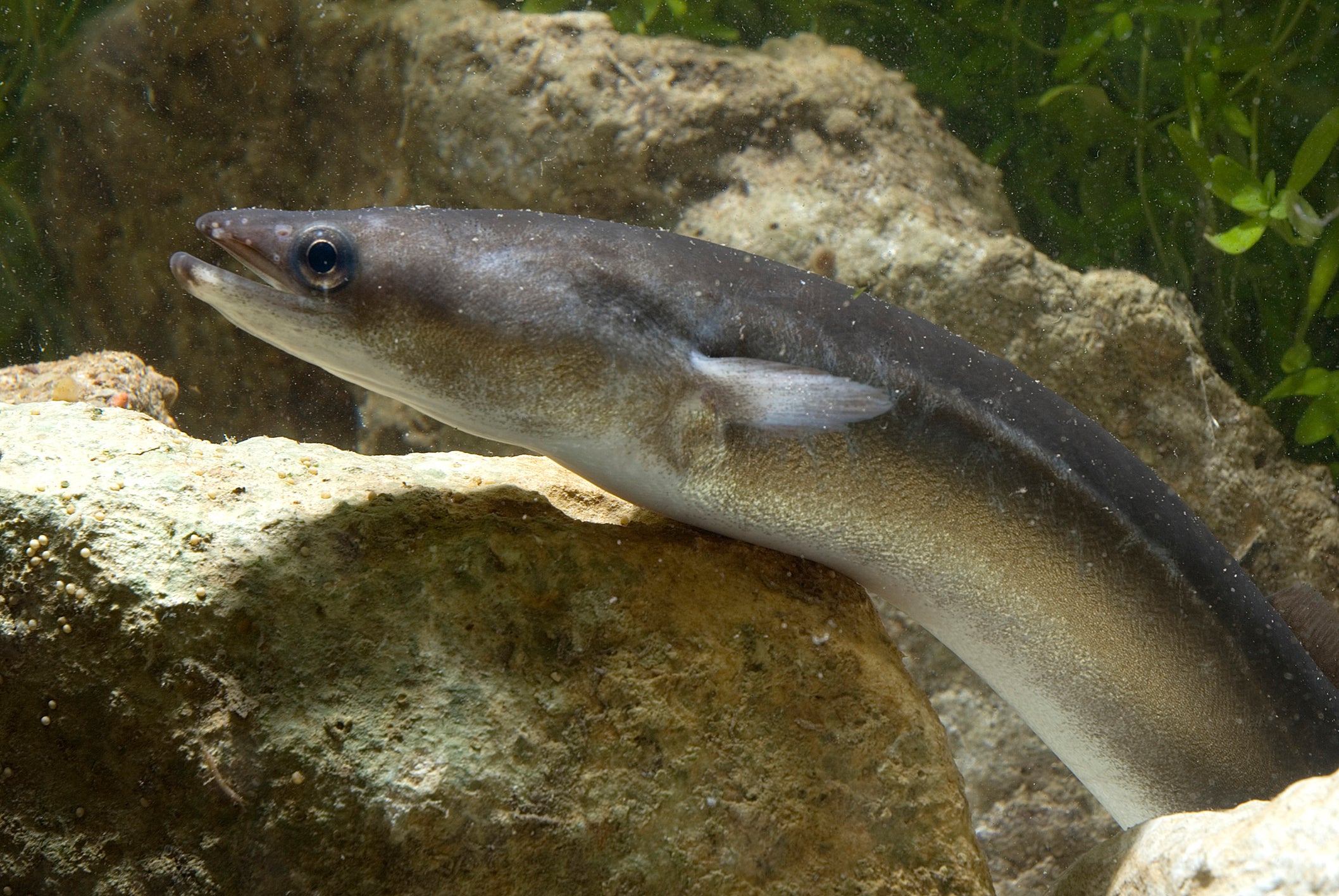Crabs on cocaine and shrimps on speed: How raw sewage dumped in UK waters is damaging marine life
Cocaine in seawater could alter a fish’s decision to fight or take flight, marine biologist warns
A marine biologist has revealed raw sewage being dumped in the English Channel has left every marine species in the water “full of cocaine, amphetamines and MDMA”.
Traces of the drug routinely make their way into Britain’s waters after passing through users’ bodies, and could be altering the natural behaviour of some fish including whether they fight or take flight from danger.
Professor Alex Ford, working alongside Dr Tom Miller of Brunel University, has been investigating the impact of one huge sewage pipe in Hampshire’s Langstone Harbour which carries the waste of some 400,000 Portsmouth residents.

He told The Independent: “I was shocked when I saw the readings to be honest.
“These are unpublished results but so far we have tested crabs, shrimp, oysters, limpets, worms and seaweed.
“We thought [cocaine] would make shrimp swim quicker but it’s hard to compare to other creatures.

“We don’t know the full effect of it entering the water cycle, unfortunately. Many of these organisms will be exposed to a wide spectrum of different prescribed and illegal drugs.”
He insisted the drugs are in such small traces that they wouldn’t be able to kill an aquatic creature by overdose but the drugs, especially cocaine, amphetamines and MDMA, could alter their behaviour.
He added: “We don’t really know the full effects of cocaine on behaviour change but studies using other behavioural altering drugs such as antidepressants and anti-anxiety meds can cause changes in a wide variety of behaviours including swimming activity, reproductive behaviours and predatory escape responses.

He added: “Some industrial chemicals like the forever chemicals in our frying pans and waterproof stain-proof clothing are bioaccumulating up the food chain.
“One Australian study predicted duck-billed platypus were getting 60 per cent human equivalent dose of antidepressants through eating stream invertebrates.”
“In the marine life, we are finding they are full of drugs – contraceptive pills, antidepressants – every single marine species that we’ve looked at so far is full of cocaine.

“If you give a fish contraceptive pill it starts to feminise, if you give crabs antidepressants it changes their behaviour because those drugs were designed to change behaviour.
“If you give them illegal drugs as well, it has very much the same effect it has on them as it would do on people.”
The professor called for a full public inquiry into the actions of water companies as raw sewage discharges into rivers and coastal waters more than doubled to record levels in England last year, new figures show.
Environment agency data published on Wednesday showed there were 3.6 million hours of spills in 2023, compared with 1.8 million in the previous 12 months.
Water companies discharge waste into rivers and seas when sewers are overwhelmed by rainwater, with outlets known as storm overflows acting as relief valves when rain is particularly heavy.

In a 2018 study, biologists at the University of Naples Federico II put European eels in water containing a small dose of cocaine – similar to the amount found in rivers – for 50 days.
They found the fish “appeared hyperactive” compared to eels which had not been kept in waters containing cocaine.
The drug accumulated on the brain, muscles, gills, skin and other tissues of the cocaine-exposed eels, researchers said.
The eels’ skeletal muscle showed evidence of serious injury, including muscle breakdown and swelling, which had not healed 10 days after they were removed from the drug-contaminated water.
Join our commenting forum
Join thought-provoking conversations, follow other Independent readers and see their replies
Comments
Bookmark popover
Removed from bookmarks